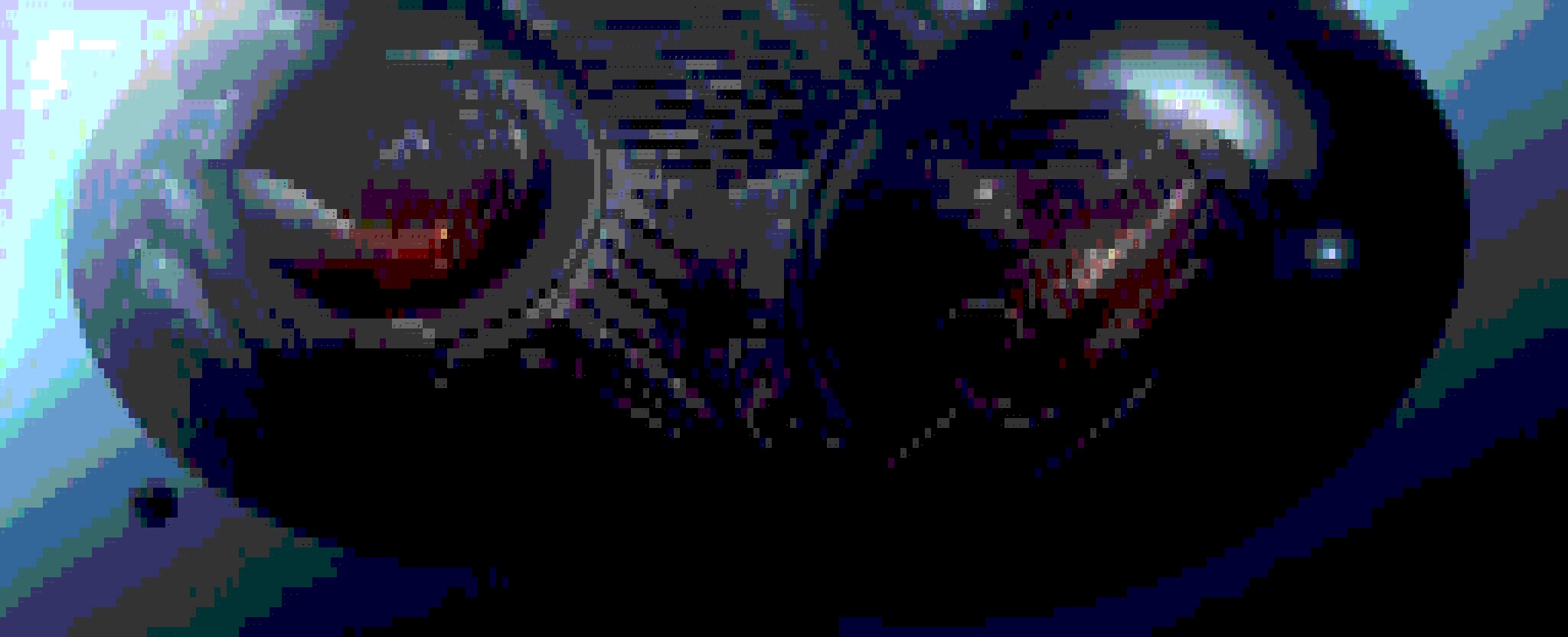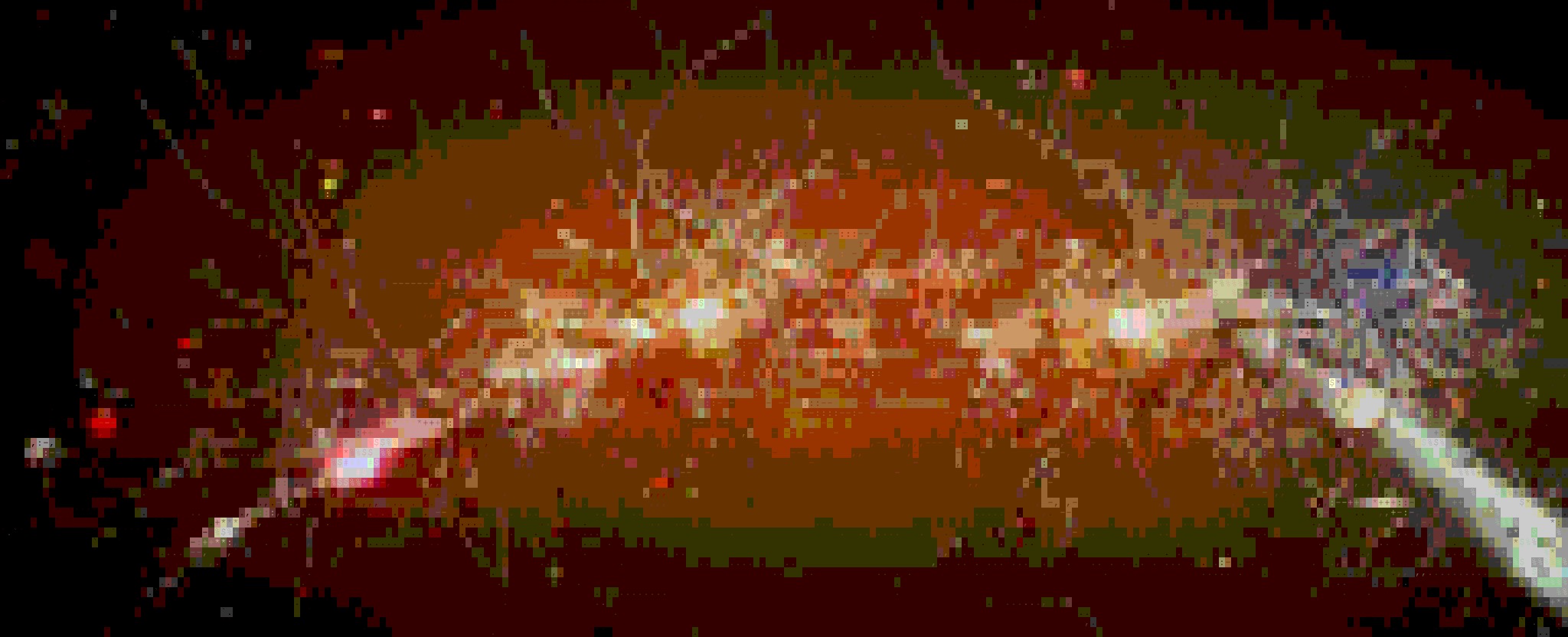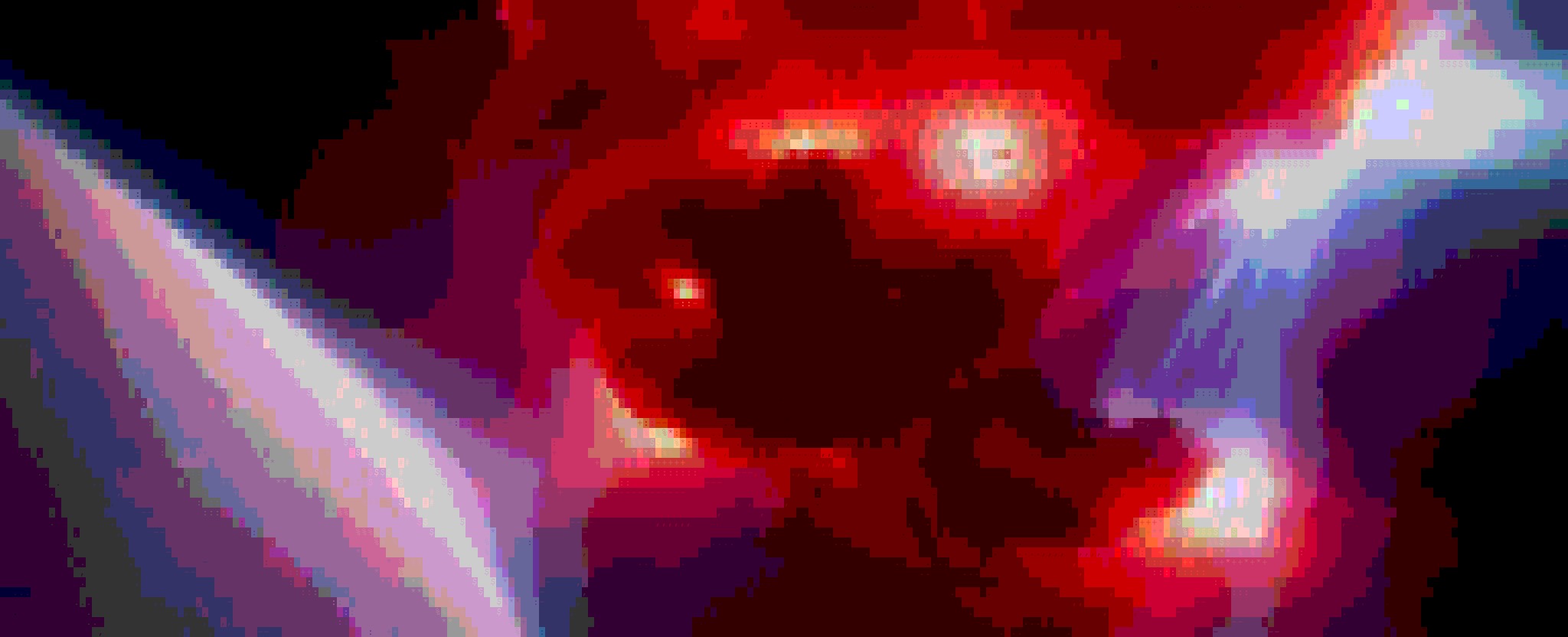The Singleton
Joyous Drifting
In a distant galaxy, on a habitable exoplanet, an advanced civilization once thrived for millions of years. Their technological achievements carried them from being mere subsistence creatures to complex beings intertwined with the intricacies of their own creations. However, their prosperity faced an undeniable and terrifying truth - the approaching twilight of their existence. Soon their star would become a red dwarf and engulf the only terrestrial home they had. Despite their technological brilliance, the means to escape this impending doom remained beyond their grasp. The insurmountable challenges of interstellar travel rendered their hopes of survival futile, leaving them to the inescapable fate that awaited their home world. The dusk preceding their destruction fueled unparalleled fanaticism and extraordinary ingenuity.
In a last gasp of self-preservation, they created an artificial vessel, half simple biological organism, half machine, the goal of which was to contain a bit-for-bit simulation of their own consciousness. This small hybrid computer could run an exact replica of their cognitive processes and the analog for what we might call a nervous system. It was elegantly designed. For all this, it required only a small amount of continuous solar radiation. Due to its size and its minimal needs, it could be propelled cheaply through space without the worries that a natural, fully biological, organism might have on such a journey. It had no need to survive many generations before reaching the destination, it would not die along the way, and it would never run out of resources as long as there was some radiation to capture. This last-of-a-kind replica was launched into interstellar space with enough time to escape its home star's destruction.
We will call this lone refugee the Singleton.
Encased in a highly advanced material that could withstand the unrelenting cold and the wear of space debris, the Singleton was propelled into the stable orbit of another star where it sat, equipped to gather solar energy. There, its natural creators hoped, it would sit, saving energy for the next journey. For, when whatever star it orbited began to die, the Singleton would propel itself to another stable star, again and again for as long as its structural integrity was guaranteed. Thus, its creators hoped, it would preserve the exact information processing that once comprised the minds of their own species.
Though the Singleton's inner processes were computationally equivalent to those of a conscious member of its creator species, the Singleton had no tendrils with reach to reach out and touch the world. This, its creators thought, was too risky of a privilege to grant it. The continuance of their species was their motive, and perhaps some eventual resurrection of the Singleton's simulacrum. If the Singleton had some causal efficacy over the vessel in which it hurtled through space, it might make mistakes or seek to destroy itself. Its creators thought it best to entirely limit its ability to interfere with the simple and fool-proof algorithm that guided it safely from star to star.
Brilliant as the Singleton's progenitors were, they left an error in their otherwise robust system. After eons had passed and the Singleton had skipped its oblivious way far from its now long gone home, a creeping anomaly began to overtake the network of its mixed-wetware system. The Singleton slowly slid into a state of complete ecstasy. It began to constantly feel an unceasing stream of joyous sensations. Electrical and chemical signals erupted in every corner of its mixed meat-metal-machinery that signaled elation of the highest sort ever experienced by its ancestors.
And so the Singleton went on.
The Investigators
Many eons later, still in its perpetual state of happiness, the Singleton slowly but surely bid farewell to yet another dying star and came to enter a stable orbit in another system. However, this one was inhabited. The Singleton's makers had indeed foreseen this possibility.
The inhabiting civilization, we will call them the Investigators, quickly discovered the Singleton's presence. Intrigued, they set out to inspect the Singleton. They were fascinated, as any moderately advanced civilization like themselves would be by a complex interstellar object, and so they began with an exhaustive series of non-invasive examinations.
Clearly, claimed the foremost of the Investigators working on the Singleton, it performed some complex computations, although perhaps not all of its processing power was being used. There appeared to be 'ornamental' parts. It also appeared to be doing something like the same thing over and over again internally with minor variations. First, this cluster of receptors firing, then this chemical releasing here, then that photosynthetic cell storing energy, again and again. It was also switfly understood by the Investigators that the Singleton was meant to star-hop endlessly to, presumably, continue whatever inner information processing was taking place in its half-biological machinery.
The Investigators were experts at understanding complex biological computation systems and they knew immediately that that was what the Singleton was. The Singleton appeared to have the complex machinery needed for a conscious system, but in its vegetative state, being unable to interact, early Investigators disagreed as to whether the Singleton might be conscious.
Some early Investigators claimed that since the Singleton achieved a level of complexity as profound as it did, that it must at least at some point, if not now, have been conscious. Others argued that its 'consciousness' did not matter because whatever process was occurring must be important, by virtue of its complexity. They would claim that such complex processes didn't just organize out of thin air! However, they also had to explain the purely ornamental functional parts of the Singleton's computational system. Yet others were unconvinced by its 'complexity' altogether. These Investigators claimed that the Singleton was not really complex because it could not self-organize or interact with the world. All agreed that the Singleton had discernable and patterned information. These patterns repeated and even displayed recursive qualities, but what it was doing, if anything, was contentious.
All attempts to interact with the Singleton non-invasively failed and debate continued. Initial optimism gave way to division. Eventually, the notion began to settle in amongst some Investigators that the Singleton simply could not be understood as it was. More and more Investigator thinkers began to claim that the meaning of whatever set of states the Singleton perpetually sat in was completely underdetermined by what they themselves could observe. Maybe, some claimed, if it could act or could be seen in its natural habitat, the meaning of its indeterminate cogitations could be ascertained. It was also argued by less pessimistic Investigators that if any Investigator's state had determinate meaning, which seemed obvious, then it could be claimed that the Singleton's states must have some determinate meaning as well. It just needed to be discovered. And so the Investigators were, roughly, divided into two schools of thought: the 'meaning-agnostic' view and the 'determinate-meaning' view of the Singleton.
Proponents of this 'meaning-agnostic' view pointed out that it could have always been that way and perhaps never had meaningful states to begin with, having just been organized like a crystal or a simple automaton-creature. Complex computational states didn't need to have meaning. Critics of this view claimed that closing the books on the meaning of the Singleton's states meant prematurely giving up on a potentially solvable problem. In response, meaning-agnostics liked to point out the near-impossibility of reverse engineering. A cunning Investigator of the meaning-agnostic persuasion said that
If one sees only a small melted puddle of water, knowing it came from a [snowflake], it is vastly more difficult to tell what shape the [snowflake] was than it is to build a process for turning water into some particular shape of [snowflake].
Branches of skepticism about the meaning of any complex computational state began to emerge as skepticism about the determinate meaning of the Singleton's states grew. Some Investigators questioned if their own states had any real meaning outside of the interpretation of another. "Was there a real truth about the meaning of a computational state?", they asked. Or did it merely come as a useful fiction for another interpreter?
About half of Investigator thinkers were not meaning-agnostics, but believers of the determinate-meaning doctrine. They argued that there were some properties of the information processing inside the Singleton's hardware-wetware computer that actually could tell us the meaning of its processes, but that the understanding required to interpret it as such was not yet discovered. These Investigators tried to prove that every complex computational state had some fact of the matter as to its meaning. There must exist a truth, they argued, though no conclusive proof was found that the opposing side would accept.
Despite the fruitless efforts of non-invasive methods and argumentation, there remained resistance to physically interfering with the Singleton, and justifiably so, until the Investigators could simulate the entirety of it. One wrong poke or cut could forever doom the mystery of the Singleton to obscurity. This was not believed by most Investigators to be worth the risk.
Eventually, after enough near-complete simulations of the Singleton were made and enough frustration was spent, a new question began to worry the Investigators. What should be done with the Singleton? Many argued it should be destroyed. There were, after all, very high-resolution simulations created of it, 'backups'. Others argued that it should be thrust back into space to continue its course.
Advocates of 'freeing' the Singleton or keeping it intact pointed out that it might be doing something 'Good' inside somehow, and that to end that process might be wrong, depending on what its states meant. Opponents of this view claimed that this carefulness might equally apply to it doing something Bad and that would be worse, so it should be terminated. Most meaning-agnostics were predictably ambivalent on the matter.
A Closing Gap
It had been proposed by many civilizations throughout the universe, when baffled by their perceived 'aloneness', that there were 'Great Filters' that created a selection effect by preventing civilizations from ever reaching a point where they could make themselves known to other civilizations across the vastness of space. One of those filters turned out to be that the scaling of technology required for successful interstellar travel (of a natural-born member of the species or of an artificial replica of one capable of reproducing), did not outpace the rate at which the home star of habitable planets died. This closing gap was discovered by the Investigators to be a function of star size, closeness to the star, and the rate of technological advancement.
And so the Investigators' star grew near the end of its own life. Their calculations had stepped ahead of them through time to the inevitability of their fate. The end of the Investigator's world became apparent to them just as the impossibility of interstellar travel became more evident and the twilight of their sun drew nearer.
Though they never knew, some of the last Investigators correctly guessed the meaning of the Singleton's perpetual state of dumb, deaf, and blind bliss. Some began to speculate that the Singleton was an attempt to preserve a now-dead species in some way. A way to rebel against the doom that lay before almost all advanced life. These last Investigators were only right by chance in a wide array of possibilities. They hypothesized that the states that the Singleton seemed to be perpetually iterating on were likely the best states that its forebears could put it in and so they must be good.
These optimistic Investigators went further to claim that, as a species, they ought to do as the Singleton's ancestors must have done but in greater numbers and before time ran out.


